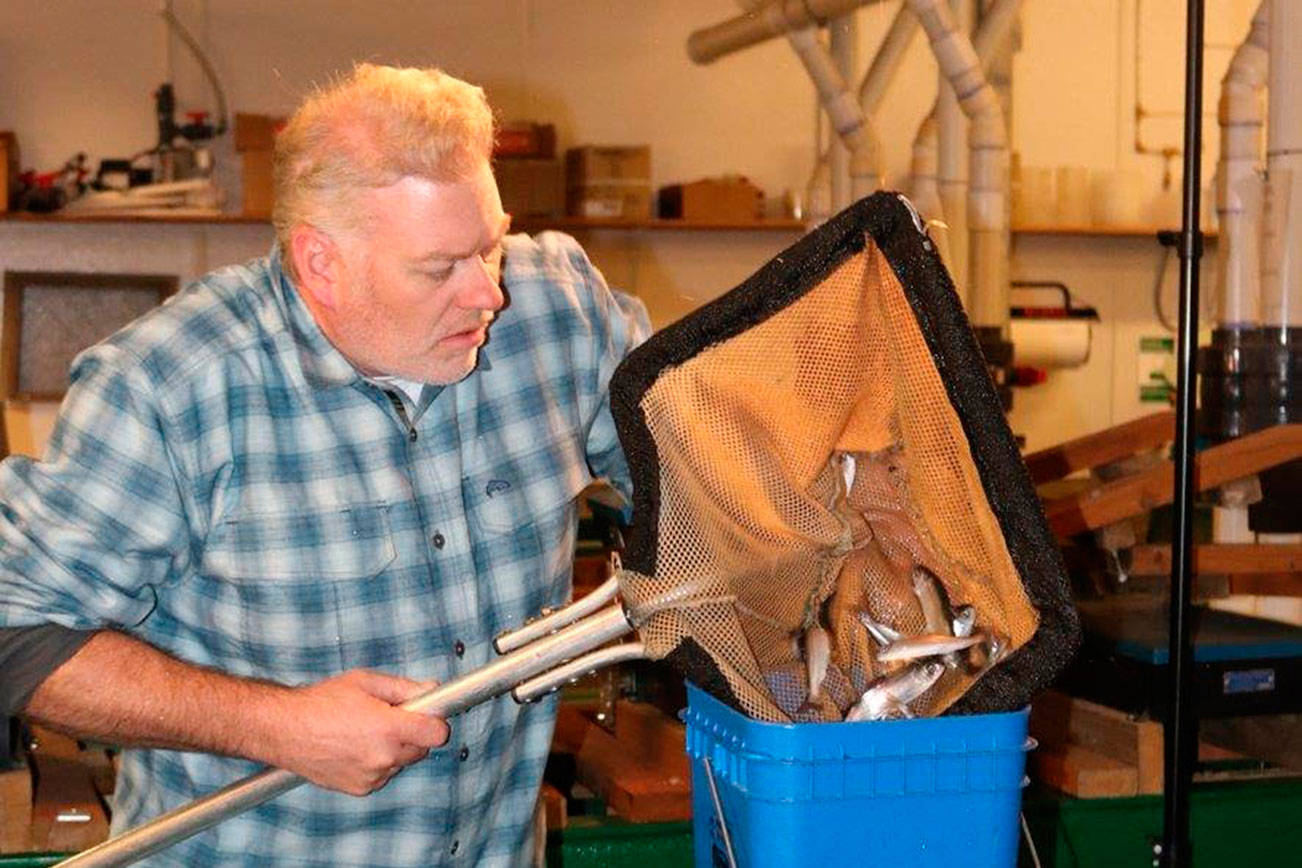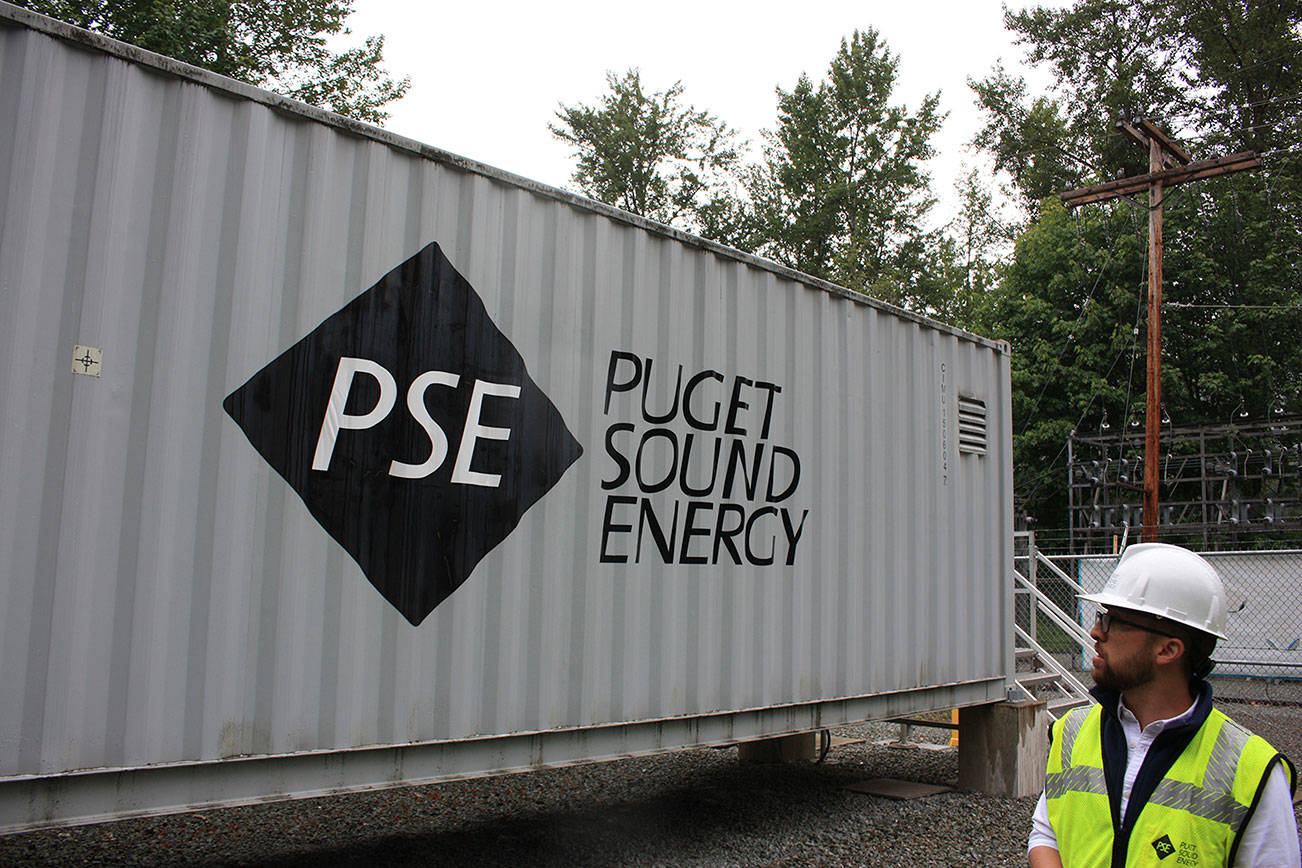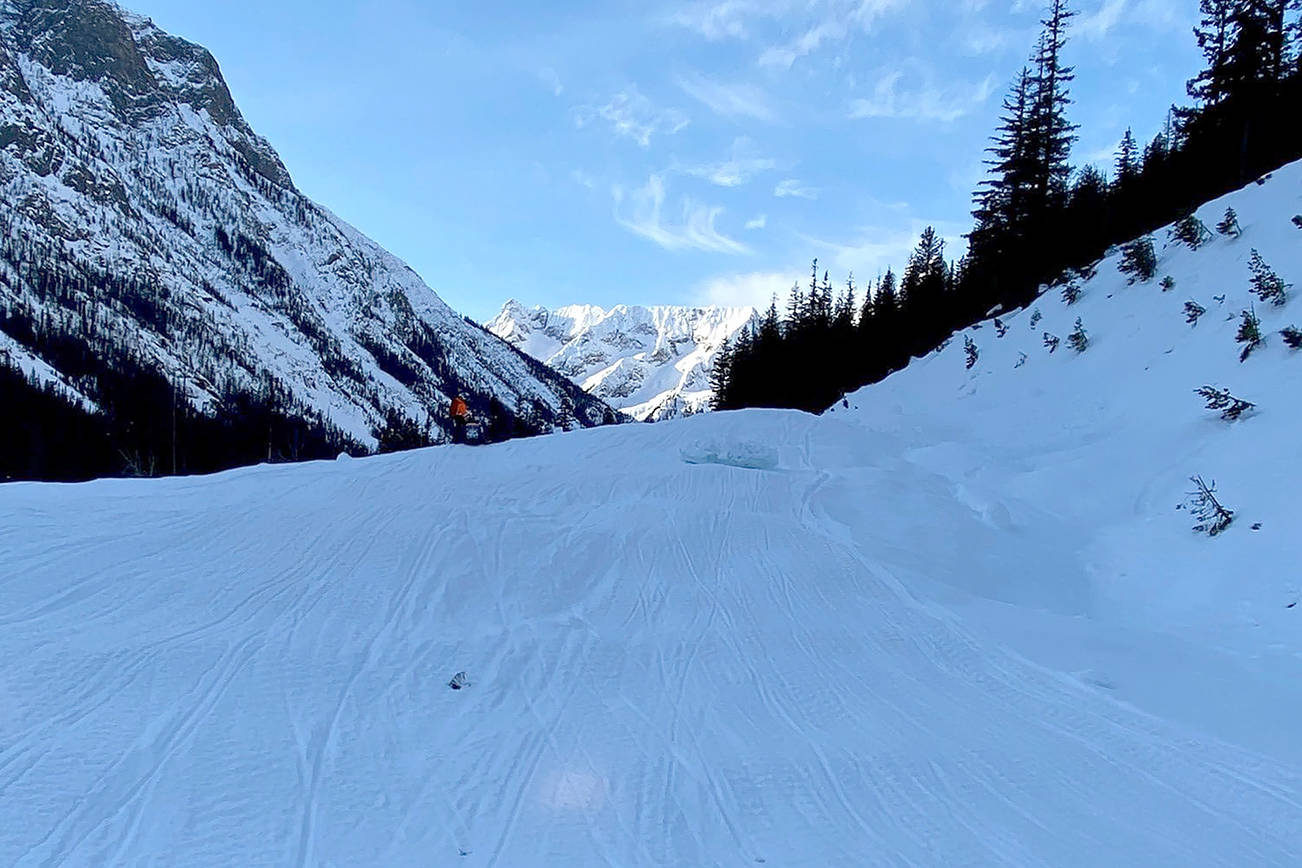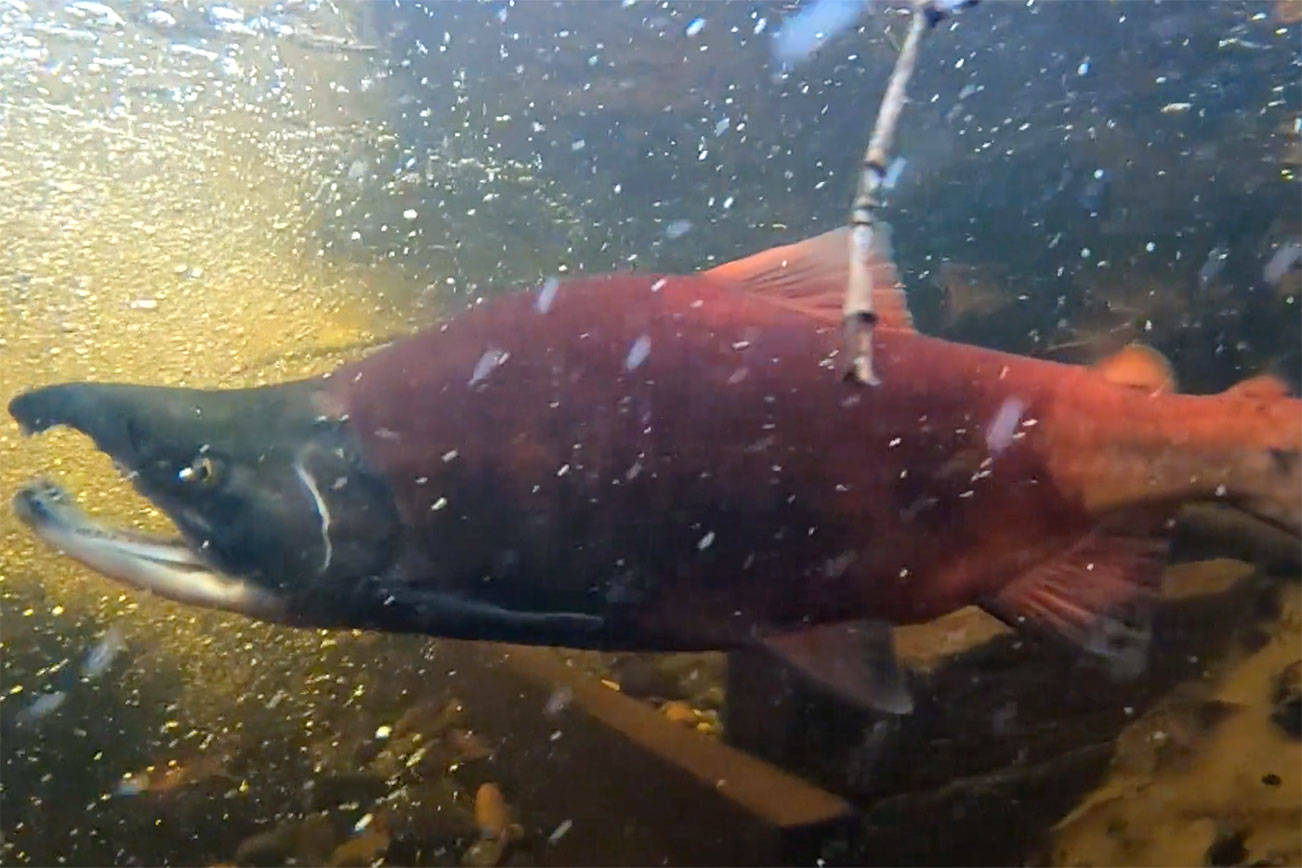Hundreds of tiny kokanee salmon were flown from their spawning grounds in Issaquah to Orcas Island in a dramatic bid to prevent their extinction.
The tiny red fish are a type of freshwater salmon native to Lake Sammamish, and over the past few years, their numbers have dwindled dramatically. So few of them returned last winter to their spawning streams that King County officials began worrying about losing the species forever. Part of this process to prevent their extinction involves taking 250 young kokanee to a fishery on Orcas Island where they will be raised for two years until their eggs can be collected.
This program provides a safety net for the population, said David St. John, a policy advisor for the King County Department of Natural Resources.
“This population is in bad shape and the captive brood stock program, alongside the other actions we take, is intended to avoid extinction,” he said.
The kokanee fry were raised for months at the Issaquah Salmon Hatchery before being placed on a plane at Renton Municipal Airport early Oct. 18 and flown to the Glenwood Springs Hatchery. The fish will be raised there for 26 months before their eggs will be collected. St. John estimated they will net around 80,000 eggs.
These fish will be used as a backstop in the future if natural returns from Lake Sammamish are wiped out or dip below self-sustaining levels. And the fish disappearing is a very real threat. St. John said they hadn’t developed recovery population targets — their main goal is preventing extinction.
The Glenwood Springs Hatchery is run by Long Live the Kings (LLTK), a fish conservation organization based in Seattle. On Friday, LLTK project manager Lucas Hall was on Orcas Island. During a phone interview, the airplane used to deliver the kokanee could be heard flying overhead.
“We hope that this program will play an important role, and if one year no more kokanee show up, and the population is at that point — we always say it’s about to ‘blink out’ — this program will be an important safety net for protecting against that possibility,” Hall said.
Hall said the fish were being placed in the middle of the woods in a hatchery building pumped with fresh spring water. The fish will be moved to a fishery after they are acclimatized. Orcas Island has no natal salmon streams on it, meaning it’s much more difficult for salmon to escape and mingle with wild salmon, he said.
The organization has worked to preserve threatened steelhead trout and chum, both from Hood Canal. When they heard about the kokanee, they reached out to King County.
“We’re not about to have a salmon die in our backyard, so we reached out to them and said ‘hey, we’ve been doing this for a while, we think we can make room for them,’” Hall said.
If enough salmon return to spawn in tributaries off Lake Sammamish this winter, the program could be continued in future years, St. John said. The county, along with other partners, also has been trying other conservation techniques.
Earlier this month, the county in partnership with the Snoqualmie Tribe released 3,000 juvenile kokanee salmon into the middle of Lake Sammamish. These salmon were mature enough to have a better chance of survival than young fry, and were released in the middle of the lake to avoid predation from invasive species such as the yellow perch.
The county is also collecting milt and freezing it, cryopreserving sperm, using special traps to catch returning spawners and raising fry in captivity over warm summer months when young fish are vulnerable.
Efforts to save the kokanee kicked into overdrive earlier this year when only about 100 kokanee returned to spawn. While it was significantly higher than the 19 seen in 2018, it was still much lower than the number needed to continue a healthy population.
It’s not known exactly what’s killing the fish. The working hypothesis is that during the summer months the lake becomes inhospitable, especially for young fish. This was especially true during the hot summers of 2014-2016, when hot water near the surface may have driven the fish deeper and into zones without enough oxygen to support them. At the bottom of the lake are decomposing plants and animals, which suck out oxygen.
This could lead to a phenomena called “the squeeze,” where the habitable zone for the salmon is narrow or possibly non-existent.
Other downward trends have been seen in salmon species in the area, especially with Lake Washington sockeye. For them, the 2018 season was the worst on record, with only 3,500 fish spawning in the Lake Washington system. A healthy spawn count is more than 100,000.
Further, the adult salmon are dying between when they return from the ocean and when they can spawn. Researchers earlier this year were unsure of whether it was a disease killing the fish. But salmon have a number of things working against them.
As climate change creates warmer lakes, it provides a more hospitable habitat for diseases, and higher levels of CO2 in the water may interfere with salmon’s sense of smell. Exposure to chemicals, especially from storm runoff, can kill fish in a matter of hours.








